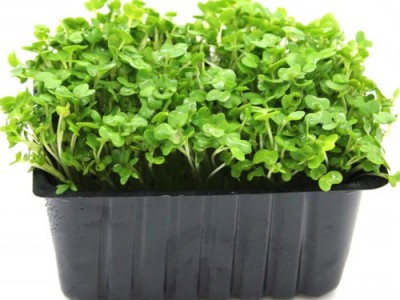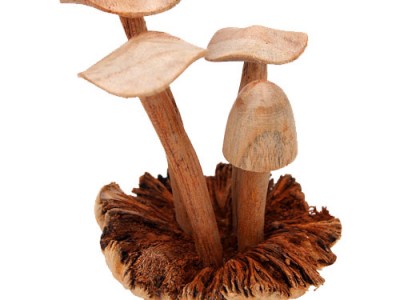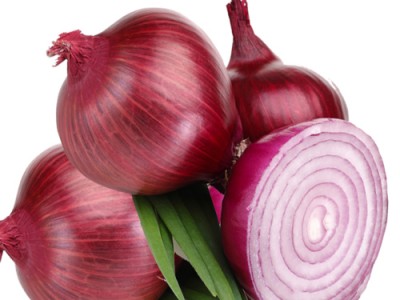
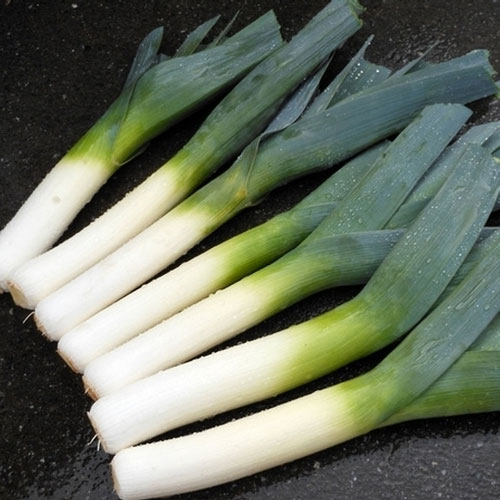
Kurrat | Egyptian Leek Properties And Uses
Kurrat
Plants and trees have conquered the hearts of the people and stand tall in the minds of millions of people in the world. Eating fruits and vegetables rejuvenates the mind and body wonderfully. Plants and trees lives and dies with extreme dignity. It departs from this earth only after helping the species around it for many years. This topic will deal with a plant named kurrat which is also called as Egyptian leek. The botanical name of this plant is Allium ampeloprasum kurrat.
[tribulant_slideshow gallery_id="211"]
The leaves should not be consumed in large quantities and there are certain cases where dogs and mammals died when they consumed in large quantities. These plants grow throughout the year in various types of soil, but prefer well-drained soil. Kurrat is a very popular vegetable in Egypt and other Mediterranean countries. Kurrat was found in an Egyptian tomb and has been cultivated for at least 2000 years ago.
Properties
This plant grows up to 1m. The flowers have both male and female organs. These plants are pollinated by bees and insects.These plants grow wonderfully under the full sunshine and when it is cultivated in a well-drained soil. Kurrat grows well with roses, carrots, beet and chamomile.
Nutritional Value of Kurrat
Kurrat vegetable
| Principle | Nutrient Value | Percentage of RDA |
|---|---|---|
| Energy | 61 Kcal | 2% |
| Carbohydrates | 14.15 g | 11% |
| Protein | 1.50 g | 3% |
| Total Fat | 0.30 g | 1% |
| Cholesterol | 0 mg | 0% |
| Dietary Fiber | 1.8 g | 5% |
| Vitamins | ||
| Folates | 64 µg | 16% |
| Niacin | 0.400 mg | 2.50% |
| Pantothenic acid | 0.140 mg | 3% |
| Pyridoxine | 0.233 mg | 18% |
| Riboflavin | 0.030 mg | 2% |
| Thiamin | 0.060 mg | 5% |
| Vitamin A | 1667 IU | 55% |
| Vitamin C | 12 mg | 20% |
| Vitamin E | 0.92 mg | 6% |
| Vitamin K | 47 µg | 39% |
| Electrolytes | ||
| Sodium | 20 mg | 1% |
| Potassium | 180 mg | 4% |
| Minerals | ||
| Calcium | 59 mg | 6% |
| Copper | 0.120 mg | 13% |
| Iron | 2.10 mg | 26% |
| Magnesium | 28 mg | 7% |
| Manganese | 0.481 mg | 2% |
| Phosphorus | 35 mg | 5% |
| Selenium | 1 µg | 2% |
| Zinc | 1.2 mg | 11% |
| Phyto-nutrients | ||
| Carotene-ß | 1000 µg | — |
| Crypto-xanthin-ß | 0 µg | — |
| Lutein-zeaxanthin | 1900 µg | — |
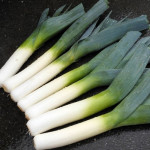
- These plants are grown as a salad vegetable for its leaves and even the fruits and seeds can be consumed lavishly.
- The juice of these plants is used as a moth repellent and the whole plant is said to repel insects and moths.
- These plants when consumed regularly will reduce the cholesterol levels and will act as a tonic to the digestive system.
- This also improves the circulatory system.

